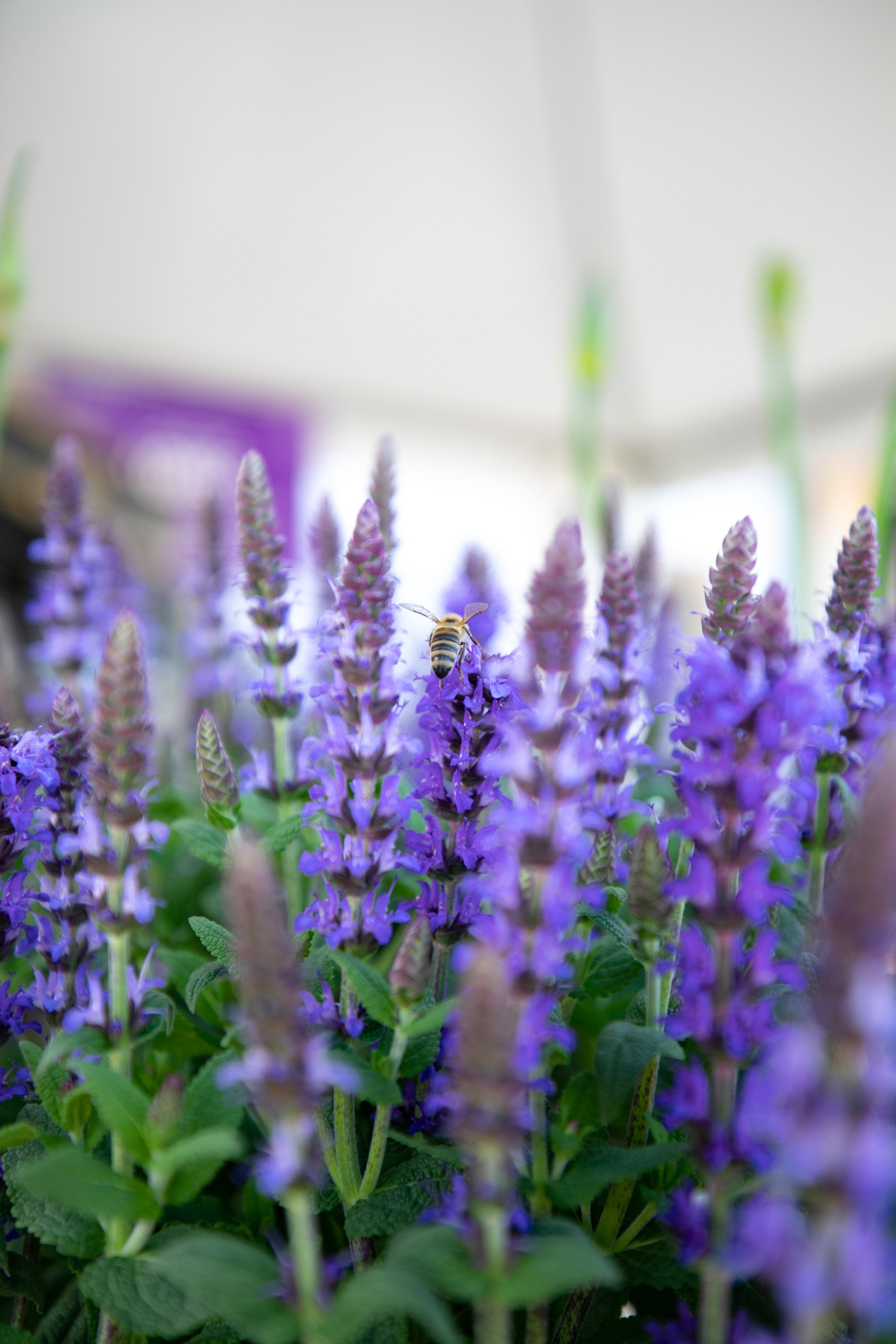Salvia, also known as sage, is a flowering plant that comes in a wide range of colors, from blue and purple to pink and red. They are easy to grow and care for, making them a popular choice for gardeners. Here are some tips on how to plant, grow, and care for Salvia flowers:
Planting Salvia
-
Choose the right location: Salvia flowers prefer a spot with full sun or partial shade, well-draining soil, and good air circulation.
-
Prepare the soil: Salvia flowers grow best in soil that is rich in organic matter. Add compost or other organic matter to the soil before planting.
-
Plant the Salvia: Dig a hole that is slightly larger than the root ball of the plant. Place the plant in the hole, making sure the top of the root ball is level with the soil surface. Backfill the hole with soil and water the plant well.
-
Space the plants: Salvia plants should be spaced about 12-18 inches apart to allow for proper growth and air circulation.
Growing Salvia
-
Watering: Salvia plants prefer consistent moisture, but they can tolerate some drought. Water the plants deeply once a week, or more often if the weather is hot and dry.
-
Fertilizing: Salvia plants benefit from regular fertilization during the growing season. Use a balanced fertilizer every 4-6 weeks.
-
Pruning: Prune Salvia plants to remove spent flowers and encourage new growth. Cut back the plants by about one-third in late summer to promote fall blooms.
-
Deadheading: Deadhead Salvia flowers regularly to promote more blooms and prevent self-seeding.
Caring for Salvia
-
Pest control: Salvia plants are generally resistant to pests and diseases. However, they can be susceptible to aphids and spider mites. Use insecticidal soap or neem oil to control these pests.
-
Winter care: Salvia plants are hardy and can survive winters in warmer climates. However, in colder regions, they may need to be protected from frost or brought indoors for the winter.
-
Propagation: Salvia plants can be propagated by seed or by taking stem cuttings. Seeds should be planted in the spring, while stem cuttings can be taken in late summer or early fall.
Conclusion
Salvia flowers are a popular choice for gardeners due to their beautiful colors, ease of care, and resistance to pests and diseases. When planting Salvia, it is important to choose a location with well-draining soil and good air circulation. Salvia plants should be watered deeply once a week, fertilized regularly, and pruned to remove spent flowers. Deadheading can promote more blooms and prevent self-seeding. Salvia plants can be propagated by seed or stem cuttings. With proper care, Salvia flowers can bring beauty and color to any garden.


